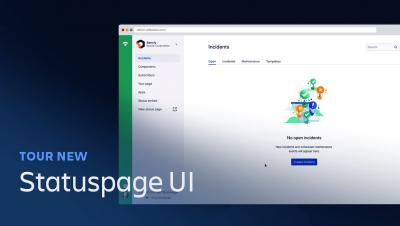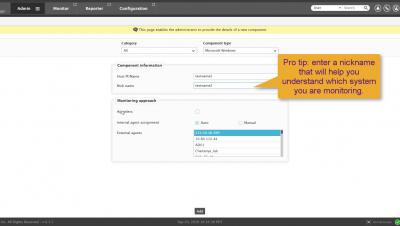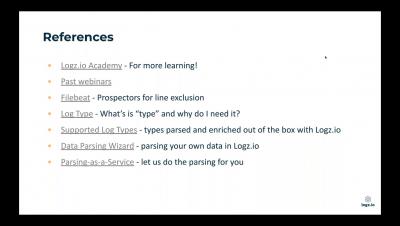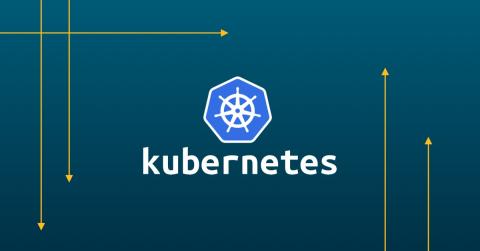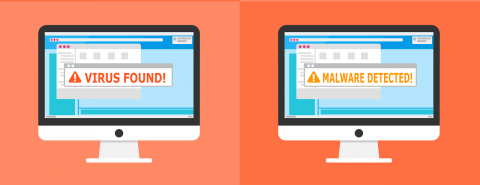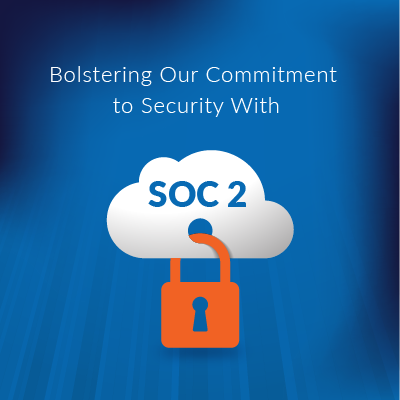Operations | Monitoring | ITSM | DevOps | Cloud
%term
How to Manually Add a Component
Meetup Paris #39 : The Five Foundations of Elasticsearch Performance
Kubernetes Phase 2-Key Challenges at Scale
Kubernetes is THE buzzword these days. Almost every IT organization is currently using it or is in the process of implementing it as part of their infrastructure. The transition to Kubernetes is complicated, whether a company is using an on-premises, cloud, hybrid, or managed solution, and it usually involves other changes in the codebase, such as shifting to a microservices architecture. While the implementation phase is led by the DevOps team, it requires the participation of the whole R&D group.
Yet another malware attack: macOS now the target for security attacks
Mac usage, as you’ve probably seen in your workplace, has risen exponentially in enterprises. According to a Jamf survey, 74 percent of those who previously used a PC for work experience fewer issues now that they use a Mac. Just like you’ve been watching the rapid rise of Macs in enterprises, so have attackers—the ones wreaking havoc in enterprises through malware attacks.
The life of a sysadmin: Encircled by excessive tools
It’s 3am, and you’re woken up by frantic calls and messages from users at your company—this is the everyday life of a sysadmin. Constantly surrounded by numerous tickets and persistent users who require immediate solutions, the life of a sysadmin is not a bed of roses. Their tasks are not limited to server management, maintenance, and repair, but also completely supporting a smoothly running production environment with minimal or no complaints from end users.
Fixing Native Apps with Sentry
Whether it’s a computer game, IoT device, or high-performance backend, chances are you’re using a native language to develop this application. Hands down, by far the most popular choices today for native application development are C and C++. Okay, maybe not the most popular, but definitely the most prevalent. Some might even say “inevitable.”


